When considering a reptilian companion, turtles often top the list for their longevity, fascinating behaviors, and relatively straightforward care requirements. Among the most popular turtle species for pet owners are the Box Turtle and the Red-Eared Slider, each with distinct characteristics and needs. While both make rewarding companions, they require different environments, care regimens, and levels of commitment. Understanding these differences is crucial before bringing either turtle into your home. This comprehensive comparison will help you determine which of these charismatic chelonians aligns best with your lifestyle, living situation, and long-term pet ownership goals.
Natural Habitat and Origin

Box Turtles are primarily terrestrial creatures native to North America, with different subspecies found across various regions from Mexico to the Eastern United States. They thrive in woodland environments with access to shallow water, spending most of their time on land foraging through leaf litter and soft soil. Their natural habitat features high humidity, moderate temperatures, and plenty of places to hide and burrow. Red-Eared Sliders, conversely, are semi-aquatic turtles originally from the Mississippi River basin, though they’ve been introduced worldwide due to the pet trade. These sliders spend much of their time in water, particularly slow-moving rivers, ponds, and lakes with abundant basking spots. They require a habitat that mimics this aquatic lifestyle with ample swimming space and dry areas for basking. These fundamental habitat differences translate directly to their captive care requirements.
Physical Characteristics and Size
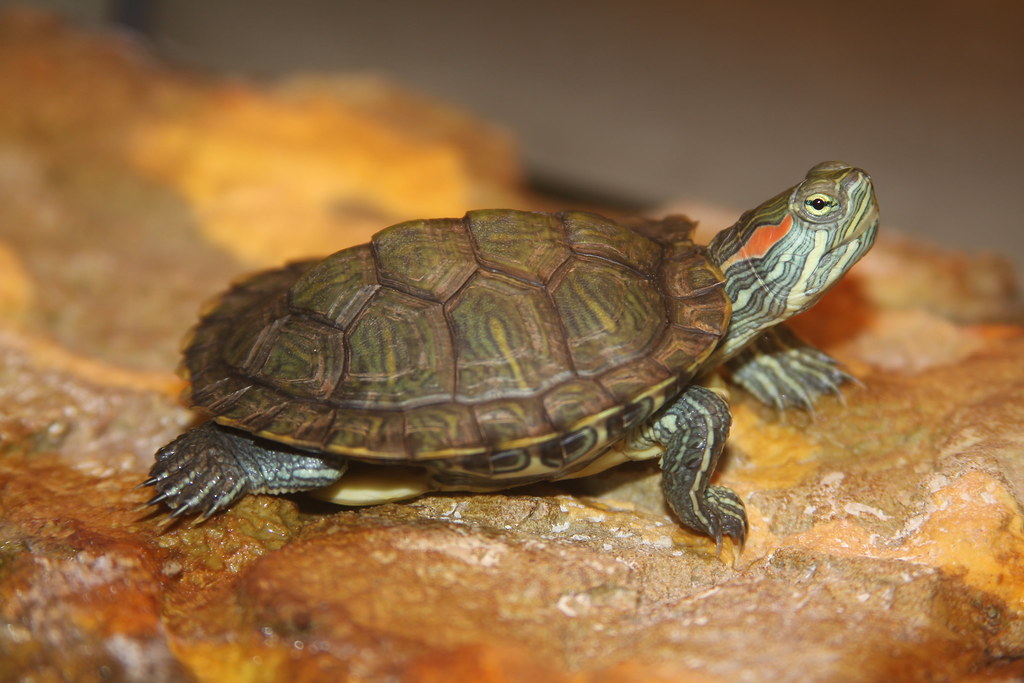
Box Turtles are instantly recognizable by their high-domed, box-like shells with a hinged plastron (bottom shell) that allows them to completely close their shell for protection—hence their name. Adult Box Turtles typically reach 4-7 inches in length, making them relatively compact. Their coloration varies by subspecies but often features intricate patterns of yellow, orange, or red markings against a brown or black background. Red-Eared Sliders are larger, with females growing up to 12 inches long and males reaching about 8 inches, requiring substantially more space than Box Turtles. They’re characterized by their olive to dark green shells, yellow-striped skin, and the distinctive red patches behind each eye that give them their name. Their bodies are streamlined for swimming, with webbed feet and more flattened shells compared to the domed shells of Box Turtles. Understanding these size differences is crucial when planning appropriate enclosures for either species.
Lifespan and Commitment

Adopting either turtle species represents a significant long-term commitment, as both are remarkably long-lived reptiles. Box Turtles can live 40-50 years in captivity with proper care, with some documented cases exceeding 100 years. This extraordinary lifespan means that acquiring a Box Turtle is potentially a lifetime commitment that might even require estate planning to ensure continued care. Red-Eared Sliders typically live 20-30 years, though healthy specimens in optimal conditions can reach 40+ years. While slightly shorter than Box Turtles, this still represents a multi-decade commitment that far exceeds most common household pets. For both species, their longevity means prospective owners should carefully consider their ability to provide decades of appropriate care before adoption. The extended lifespan of these turtles also makes them inappropriate impulse purchases or pets for young children without significant adult oversight and commitment.
Housing Requirements for Box Turtles
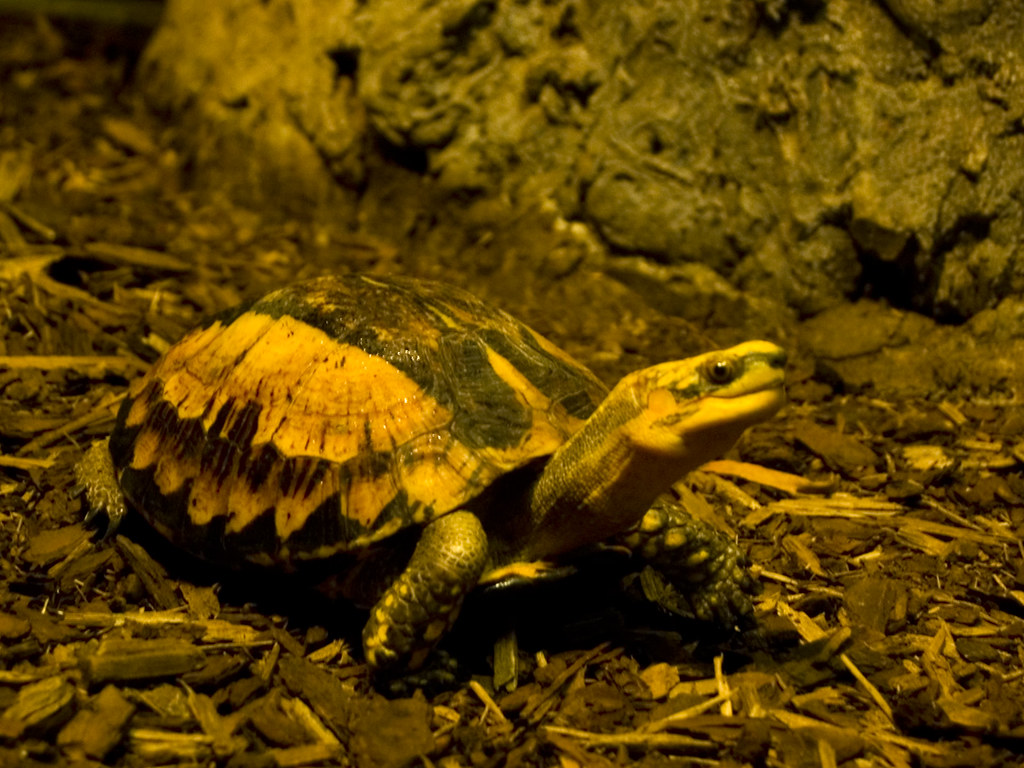
Box Turtles require spacious terrestrial enclosures that mimic their woodland habitats. An adult Box Turtle needs a minimum enclosure size of 4 feet long by 2 feet wide, though larger is always better. Their setup should include a thick substrate layer (at least 4 inches) of coconut coir, organic topsoil, or a similar material that allows for natural burrowing behaviors. The habitat must include various hiding spots using cork bark, half-logs, or commercially available turtle hides to provide security. Since Box Turtles require high humidity (60-80% depending on the subspecies), regular misting and a shallow water dish large enough for soaking but not deep swimming are essential components. Outdoor enclosures in suitable climates are ideal, providing natural sunlight and stimulation, though these must be predator-proof with secure tops and bottoms to prevent escape through digging. The housing setup should incorporate temperature gradients from 70-90°F with a basking spot around 85-90°F.
Housing Requirements for Red-Eared Sliders
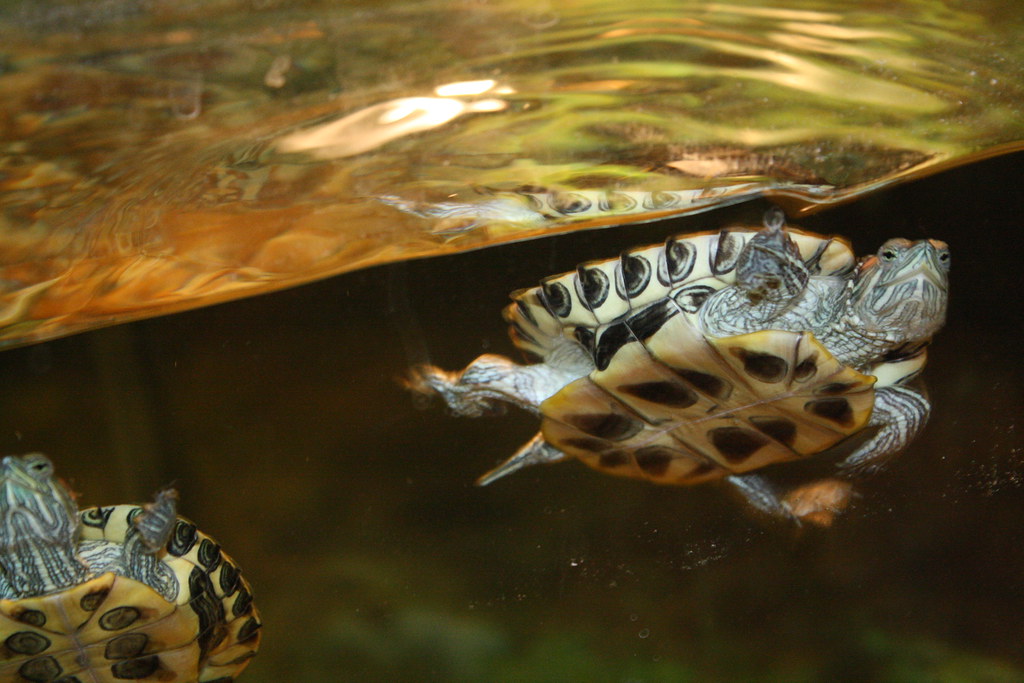
Red-Eared Sliders demand substantially different housing centered around their aquatic lifestyle. For a single adult slider, a minimum 75-gallon aquarium or pond is recommended, with larger accommodations necessary for multiple turtles. The water area should be deep enough for swimming (at least 1.5 times the turtle’s shell length) and equipped with an efficient filtration system to maintain water quality. Alongside the swimming area, sliders require a dry basking platform that can support their full body while completely out of water. This platform should be positioned under heat and UVB lighting to facilitate proper thermoregulation and vitamin D synthesis. Water temperature should be maintained between 75-80°F, with the basking area reaching 90-95°F. Unlike Box Turtles, sliders produce substantial waste, requiring powerful filtration systems rated for at least twice the actual water volume. These housing differences highlight one of the most significant practical distinctions between the species: Red-Eared Sliders typically require more equipment, larger enclosures, and more frequent maintenance.
Dietary Needs and Feeding Regimens
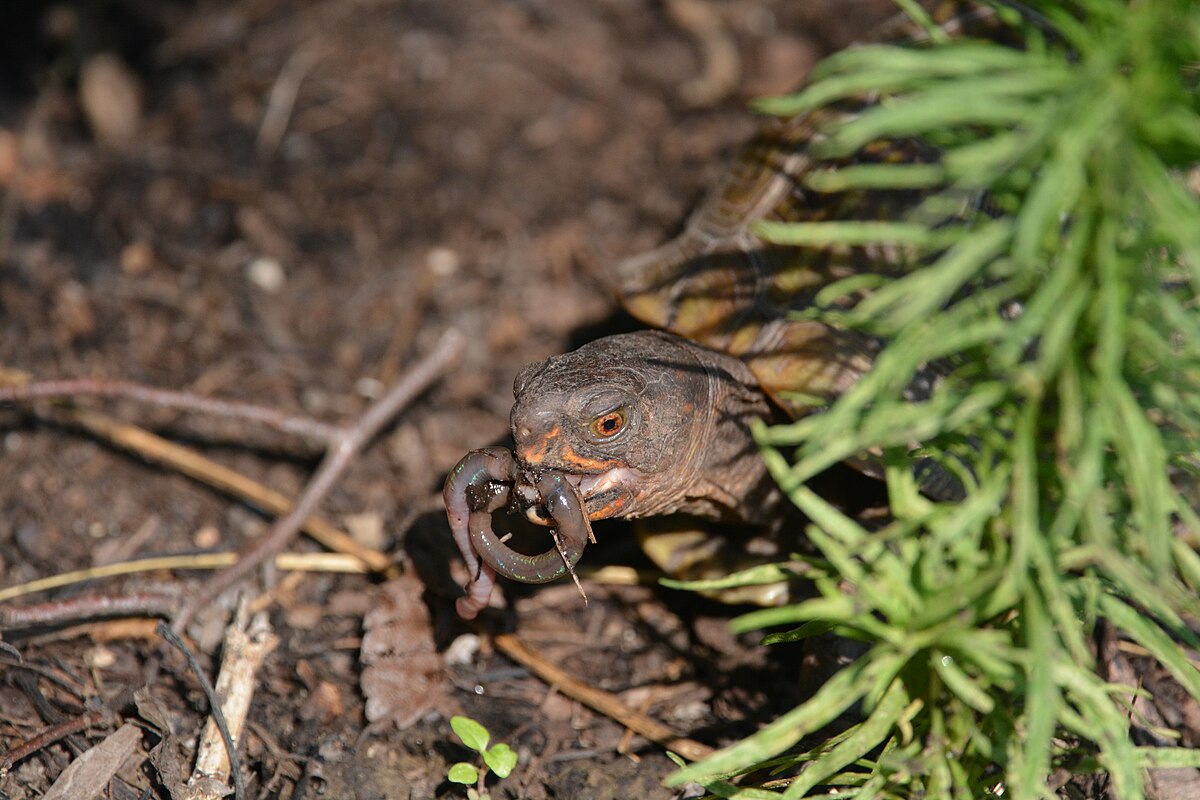
Box Turtles are omnivorous with a diet skewing toward animal protein when young and becoming more plant-based as they mature. Adult Box Turtles thrive on a diet of approximately 60% plant matter (dark leafy greens, vegetables, berries) and 40% animal protein (earthworms, slugs, mealworms, pinkie mice). They should be fed 3-4 times weekly, with calcium supplementation twice weekly and multivitamin supplements once weekly. Red-Eared Sliders follow a similar omnivorous pattern but with a more pronounced dietary shift: juveniles require up to 80% animal protein, while adults need only about 25% protein with the rest coming from aquatic plants and vegetables. They typically eat in water, which creates additional waste management challenges. Both species benefit from varied diets incorporating commercial turtle foods supplemented with fresh options, though Box Turtles generally demonstrate more diverse food preferences. Proper nutrition for either species requires commitment to regular feeding schedules and an understanding of appropriate food items to prevent nutritional deficiencies that can lead to shell deformities and other health issues.
Temperature and Lighting Requirements

Both turtle species require specific temperature gradients and lighting to support their health, though with notable differences in implementation. Box Turtles need ambient temperatures of 70-80°F with a basking spot of 85-90°F, and nighttime temperatures shouldn’t drop below 65°F. They require UVB lighting (5.0-10.0 strength) for 10-12 hours daily to synthesize vitamin D3, which is crucial for calcium metabolism. Red-Eared Sliders need slightly higher temperatures, with water at 75-80°F and a basking area of 90-95°F that encourages them to exit the water regularly. Sliders require stronger UVB lighting (10.0 strength) as they naturally receive more direct sunlight in their native habitats. For both species, improper lighting or temperature gradients can lead to metabolic bone disease, compromised immune function, and reduced activity levels. Heat sources should include ceramic heat emitters or basking bulbs rather than heat rocks, which can cause burns in both species. Creating and maintaining these environmental parameters requires dedicated equipment and regular monitoring with appropriate thermometers and hygrometers.
Health Concerns and Veterinary Care
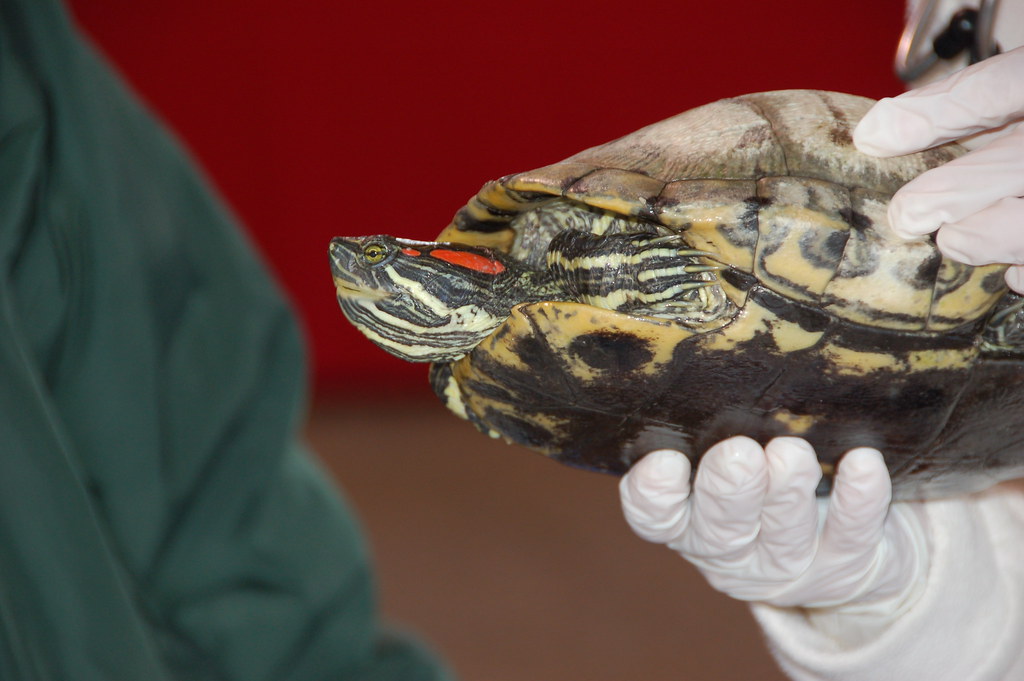
Both turtle species are susceptible to certain health issues that potential owners should be prepared to address. Box Turtles commonly experience respiratory infections, particularly when kept in environments with inadequate humidity or improper temperatures. They’re also prone to parasitic infections, vitamin A deficiency resulting in swollen eyes and lethargy, and shell rot if kept in overly damp conditions without proper drying opportunities. Red-Eared Sliders frequently develop shell problems including bacterial infections and fungal growth when water quality is poor. They’re particularly susceptible to vitamin A deficiency and metabolic bone disease when improperly fed or housed without adequate UVB exposure. Both species require access to exotic veterinarians with reptile experience, which can be costly and sometimes difficult to find depending on location. Annual wellness exams are recommended for both species, with fecal parasite testing advised for new acquisitions and periodically thereafter. Establishing a relationship with a qualified reptile veterinarian before health issues arise is essential for responsible ownership of either turtle species.
Handling and Interaction

The interaction experience differs substantially between these turtle species, which may influence which pet better suits your expectations. Box Turtles can become quite tame with regular, gentle handling, sometimes even recognizing their caretakers and approaching for food. While they shouldn’t be handled excessively, many Box Turtles tolerate short handling sessions of 5-10 minutes several times weekly, making them more interactive pets. Red-Eared Sliders tend to be more skittish and stress more easily when handled, preferring to be observed rather than touched. They’re primarily display animals that provide entertainment through their swimming antics and basking behaviors. For both species, handling should always occur over a soft surface close to the ground to prevent injury from falls. Neither turtle species appreciates cuddling or petting in the way mammals do, and both may bite if they feel threatened, though Box Turtles generally have milder temperaments. When considering which turtle matches your lifestyle, realistic expectations about interaction are important—these are fascinating animals to observe, but neither will provide the affectionate companionship of a dog or cat.
Legal Considerations

The legality of keeping either turtle species varies significantly by location and requires careful research before acquisition. Many native Box Turtle species are protected by state laws that prohibit collection from the wild, requiring documentation of captive breeding for legal ownership. Some states have specific permits required for keeping certain Box Turtle subspecies, particularly those listed as species of concern. Red-Eared Sliders face different restrictions—since 1975, the FDA has prohibited the sale of turtles with shells smaller than 4 inches to reduce salmonella transmission to children, though enforcement varies. Additionally, because Red-Eared Sliders have become invasive in many ecosystems worldwide, some regions (particularly in the European Union, Australia, and parts of Canada) have banned their importation and sale entirely. Before acquiring either species, prospective owners should thoroughly research local, state, and federal regulations regarding turtle ownership, transportation across state lines, and requirements for documentation of legal acquisition.
Cost Comparison

The financial investment differs substantially between these turtle species, both in initial setup and ongoing maintenance. Box Turtles typically cost $150-$500 depending on subspecies and age, with rarer varieties commanding higher prices. Their habitat setup (enclosure, substrate, hides, lighting) generally ranges from $200-$500, with annual costs for food, supplements, and substrate replacement around $150-$300. Red-Eared Sliders are considerably less expensive initially, usually priced between $20-$50, but their setup costs are significantly higher. A proper aquatic habitat with adequate filtration, heating, lighting, and water treatment can easily exceed $500-$800 for initial setup. Ongoing costs are also higher for sliders due to electricity for filtration and heating, water conditioning products, and more frequent filter maintenance, averaging $300-$500 annually. For both species, veterinary care represents an additional expense, with exotic animal veterinarians typically charging $75-$150 for basic examinations and substantially more for treatments or procedures. When budgeting for either turtle, prospective owners should consider not just the purchase price of the animal but the lifetime costs of proper care spanning several decades.
Which Turtle Suits Apartment Living?
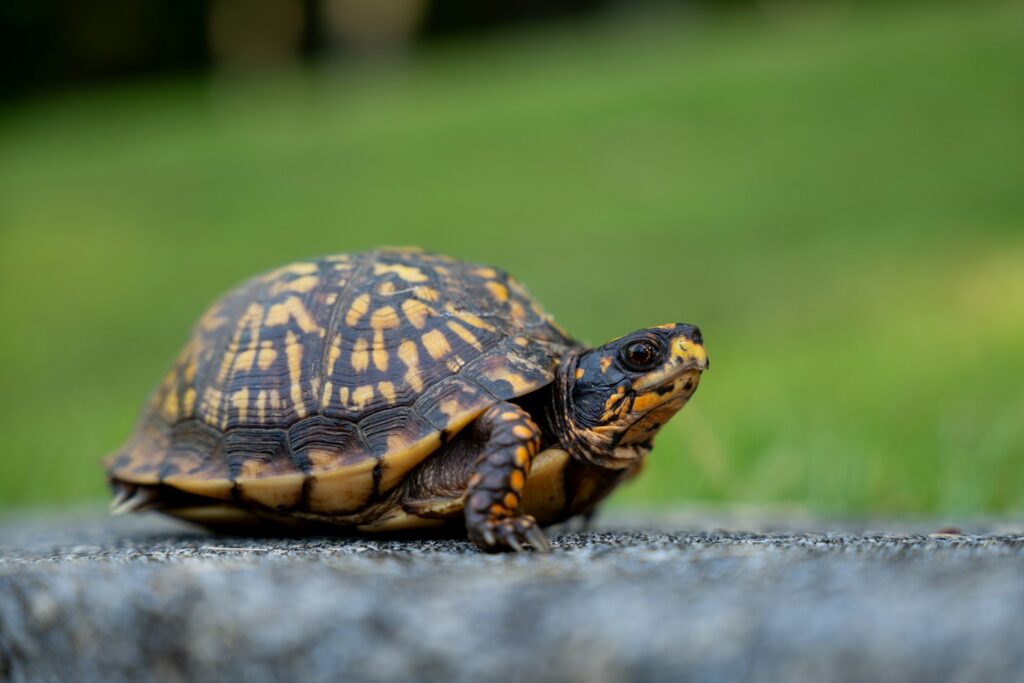
For apartment dwellers, space constraints and practical considerations make Box Turtles generally more suitable than Red-Eared Sliders. Box Turtles require less space overall, with enclosures that can be more easily accommodated in limited square footage. Their setups produce minimal odor when properly maintained and don’t require the noisy filtration systems necessary for sliders. However, Box Turtles still need adequate space—a properly sized enclosure of at least 8 square feet for an adult, which remains substantial in a small apartment. Red-Eared Sliders present greater challenges in apartment settings due to their large water requirements, which create weight concerns (a 75-gallon tank weighs over 600 pounds when filled), potential water damage risks during maintenance, and the constant sound of running filtration equipment. Additionally, slider habitats can develop algae growth and characteristic “turtle tank smell” if not meticulously maintained, which may be problematic in close quarters. For either species in apartment settings, landlord approval should be secured beforehand, as some rental agreements specifically prohibit aquariums or terrariums over certain sizes due to weight and water damage concerns.
Suitability for Families with Children

When considering either turtle species for households with children, several factors deserve careful consideration. Box Turtles may be better suited for families with older, responsible children (10+ years) who can understand the gentle handling requirements and respect the turtle’s need for quiet and security. Their more terrestrial nature makes observation easier for children, and their typically calmer demeanor makes supervised handling more feasible. Red-Eared Sliders generally make better “watching pets” than handling pets for families, as they’re more active swimmers that provide entertainment value but tend to be more stressed by handling. For both species, parental supervision is essential, particularly regarding hygiene practices. All turtles potentially carry Salmonella bacteria, requiring thorough handwashing after any contact with the animal or its habitat. Neither species is appropriate for very young children who might drop the turtle, fail to respect boundaries, or neglect handwashing protocols. Parents should also consider the decades-long commitment these animals represent—a turtle acquired for an elementary-aged child will likely still need care when that child leaves for college.
Conservation Status and Ethical Considerations

The conservation status of these species raises important ethical considerations for prospective owners. Many Box Turtle species and subspecies are experiencing population declines throughout their native ranges due to habitat loss, road mortality, and collection for the pet trade. Several Box Turtle species are listed as vulnerable or of special concern, with some subspecies approaching threatened status. Ethical ownership means purchasing only from reputable breeders who can document captive breeding rather than wild collection. Red-Eared Sliders face different conservation challenges—while not endangered in their native range, they’ve become problematic invasive species in ecosystems worldwide after being released by pet owners who could no longer care for them. This invasive potential makes responsible ownership particularly important, including a lifetime commitment never to release unwanted pets into the wild. For either species, adoption from rescue organizations represents an ethical alternative to purchasing new animals, as many turtles need rehoming due to their long lifespans outlasting their owners’ ability or willingness to provide care. Responsible ownership includes having a plan for the turtle’s care should you become unable to continue providing appropriate housing and maintenance.
Making Your Final Decision

When deciding between a Box Turtle and Red-Eared Slider, honestly assessing your lifestyle, living situation, and long-term commitment capacity is crucial for making the right choice. Box Turtles may be more appropriate if you prefer a terrestrial pet with moderate space requirements, can maintain high humidity environments, enjoy creating naturalistic woodland habitats, and want a potentially more interactive reptile companion. They’re also better suited to homes where water maintenance and filtration noise would be problematic. Red-Eared Sliders might be the better match if you have space for a large aquatic setup, enjoy aquarium maintenance, appreciate observing active swimming behaviors, and can accommodate the weight and equipment requirements of a substantial water feature. For either species, the decision should never be impulsive—thorough research, habitat preparation, and finding a reptile veterinarian should precede acquiring the animal. Remember that both turtles represent decades-long commitments requiring consistent care, environmental maintenance, and financial resources throughout their long lives. The most responsible choice is the one that ensures you can provide appropriate, species-specific care for



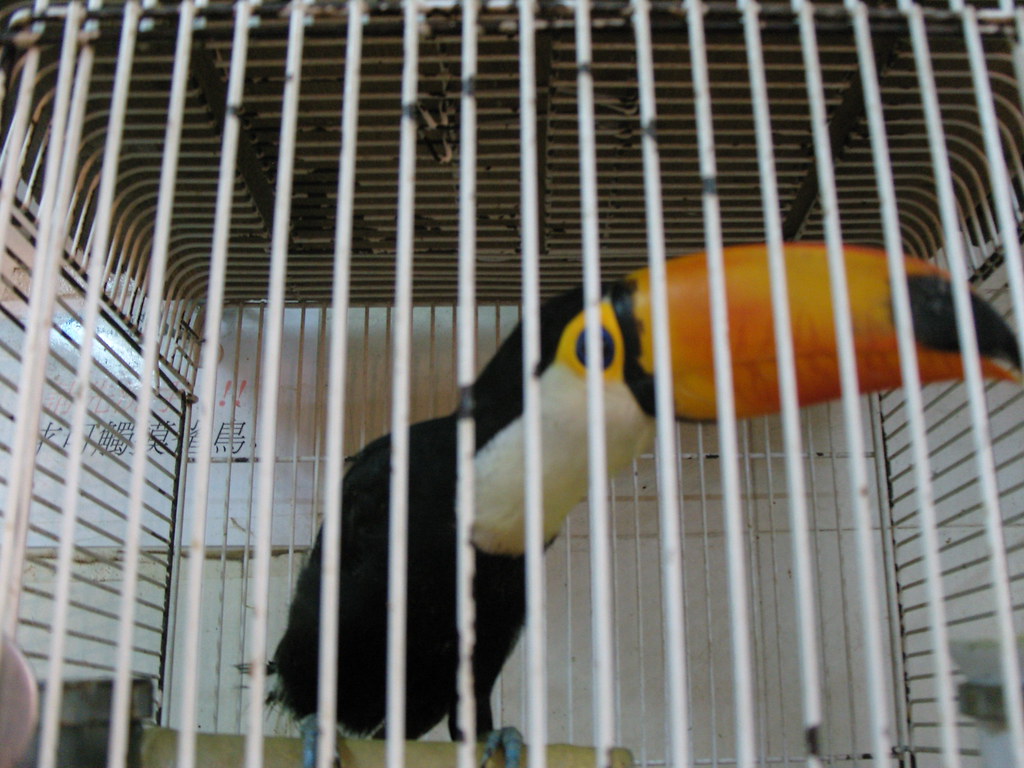
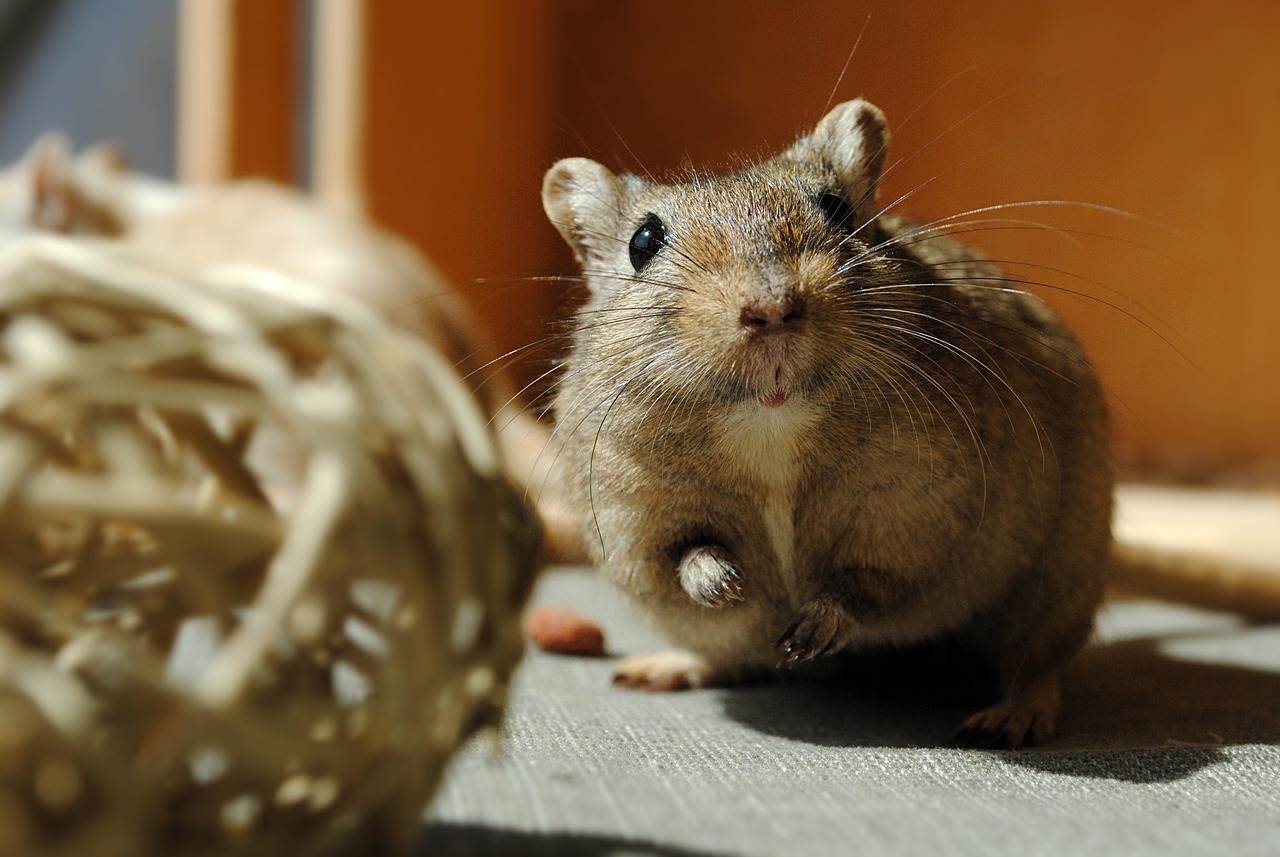

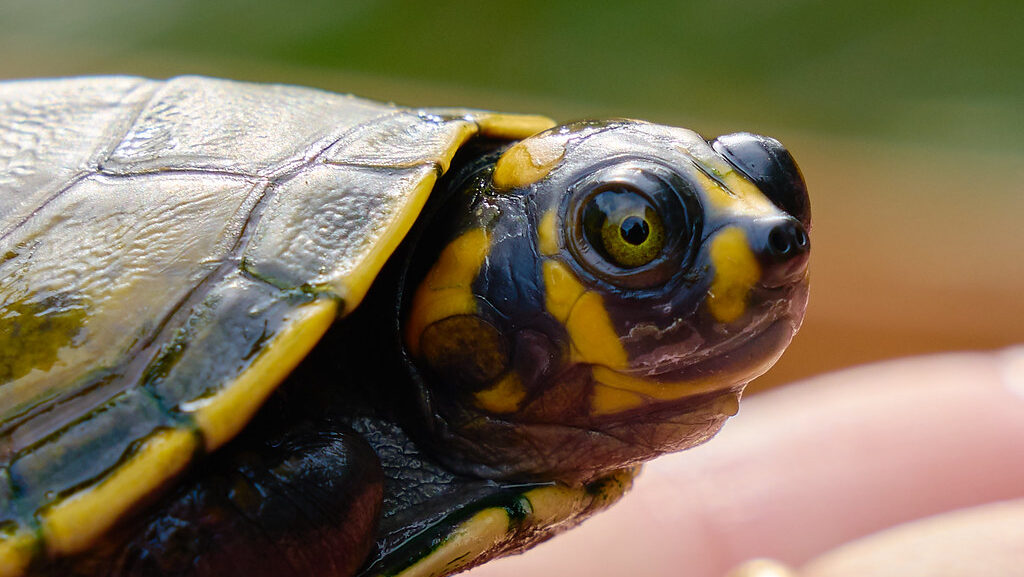
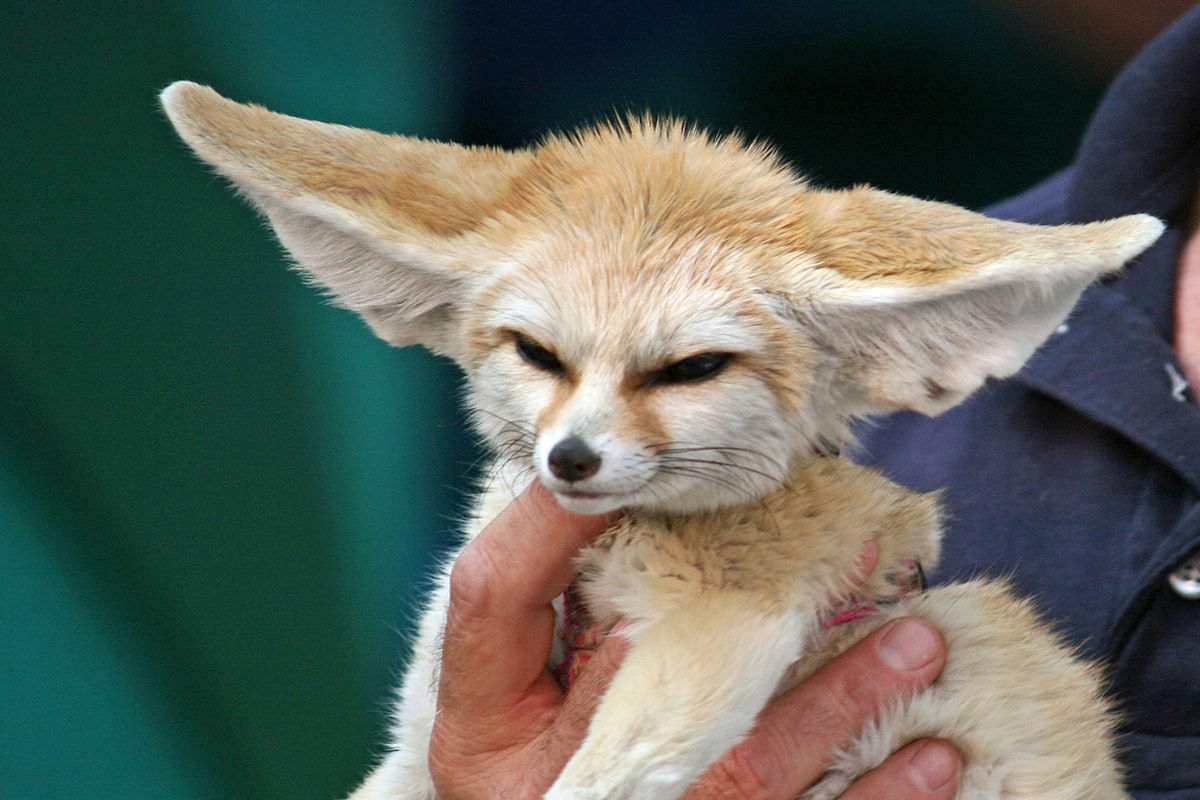
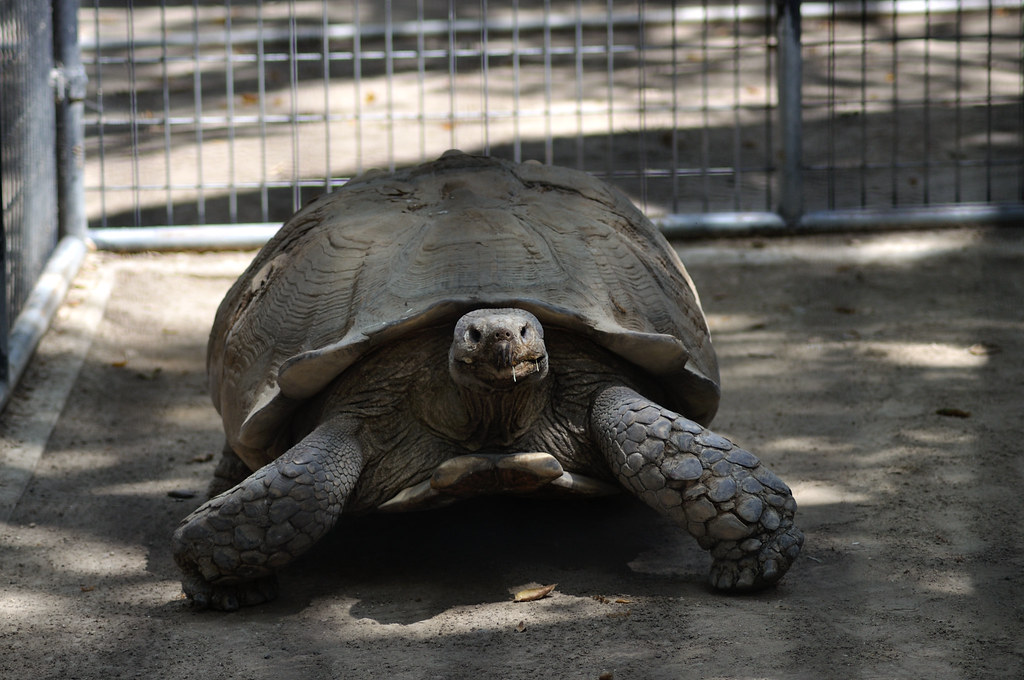
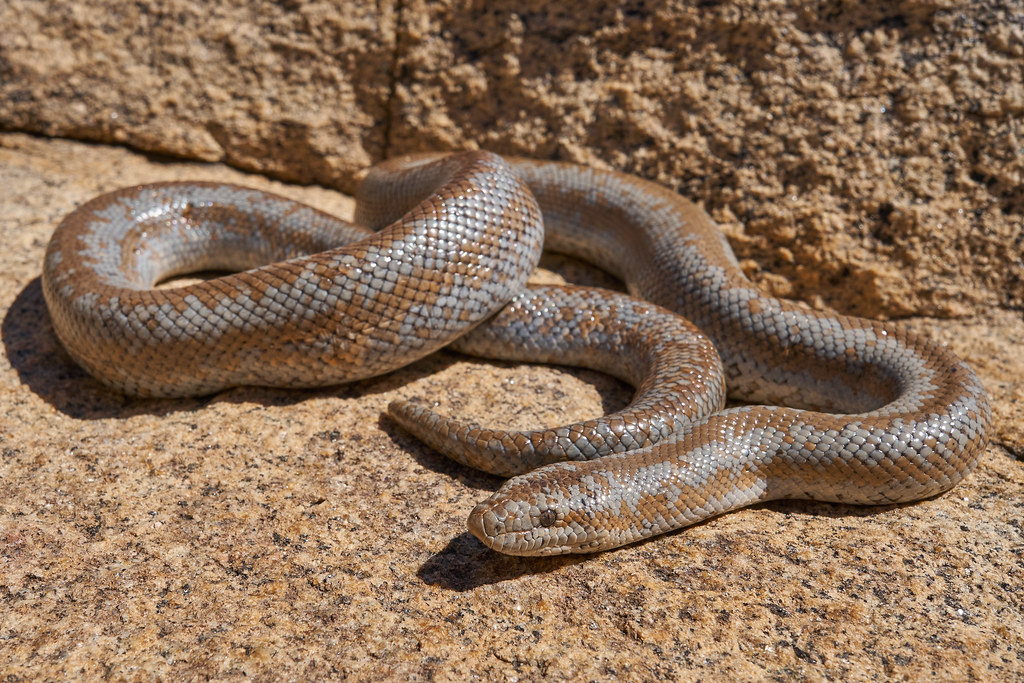
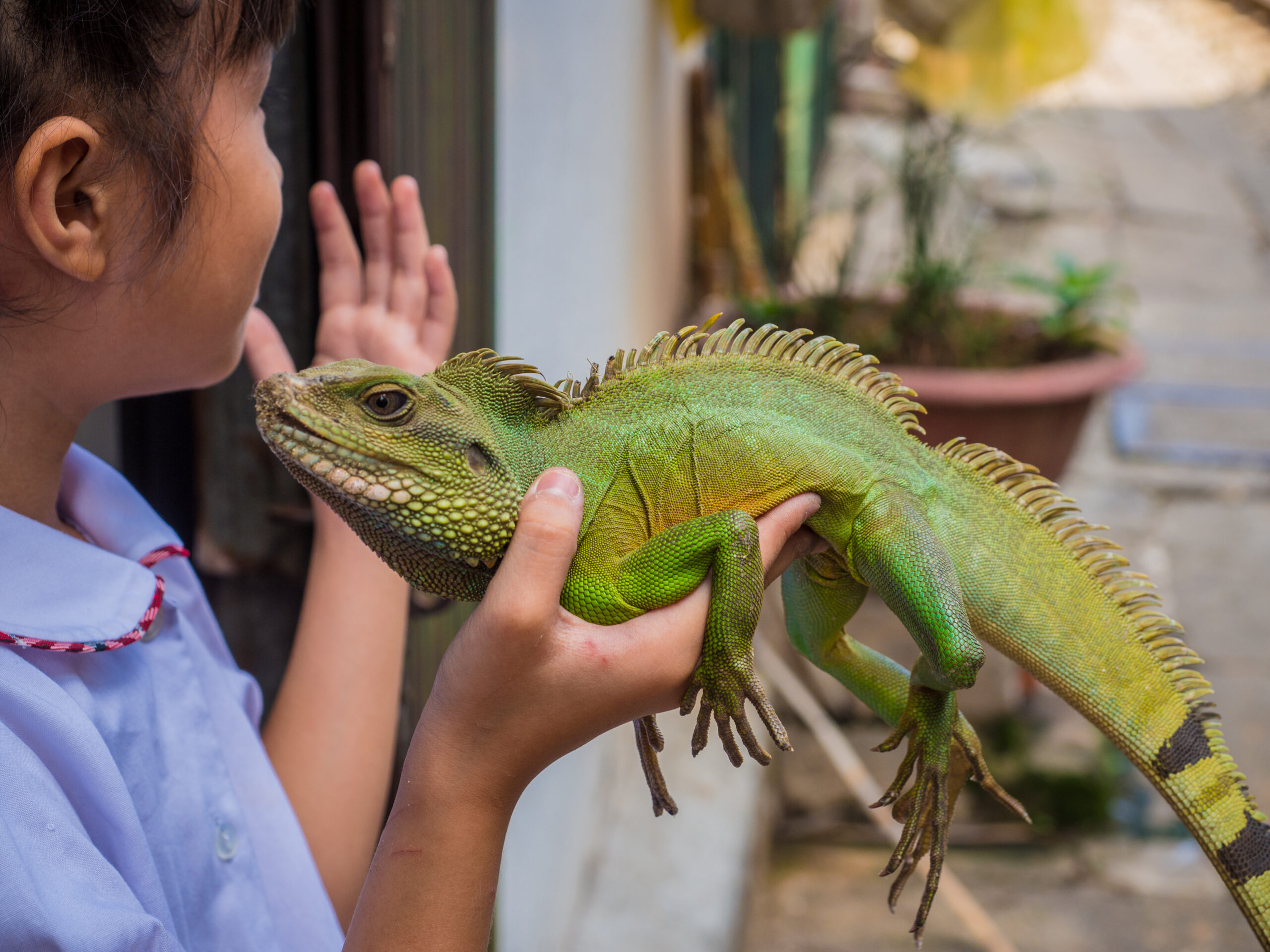
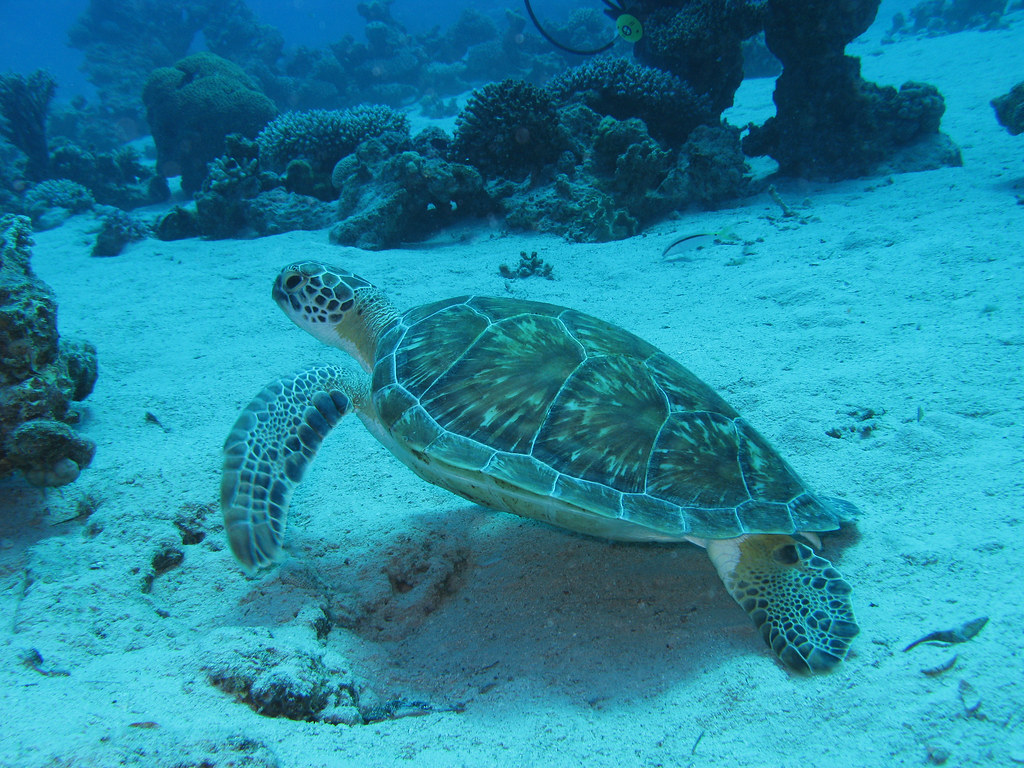




Leave a Reply